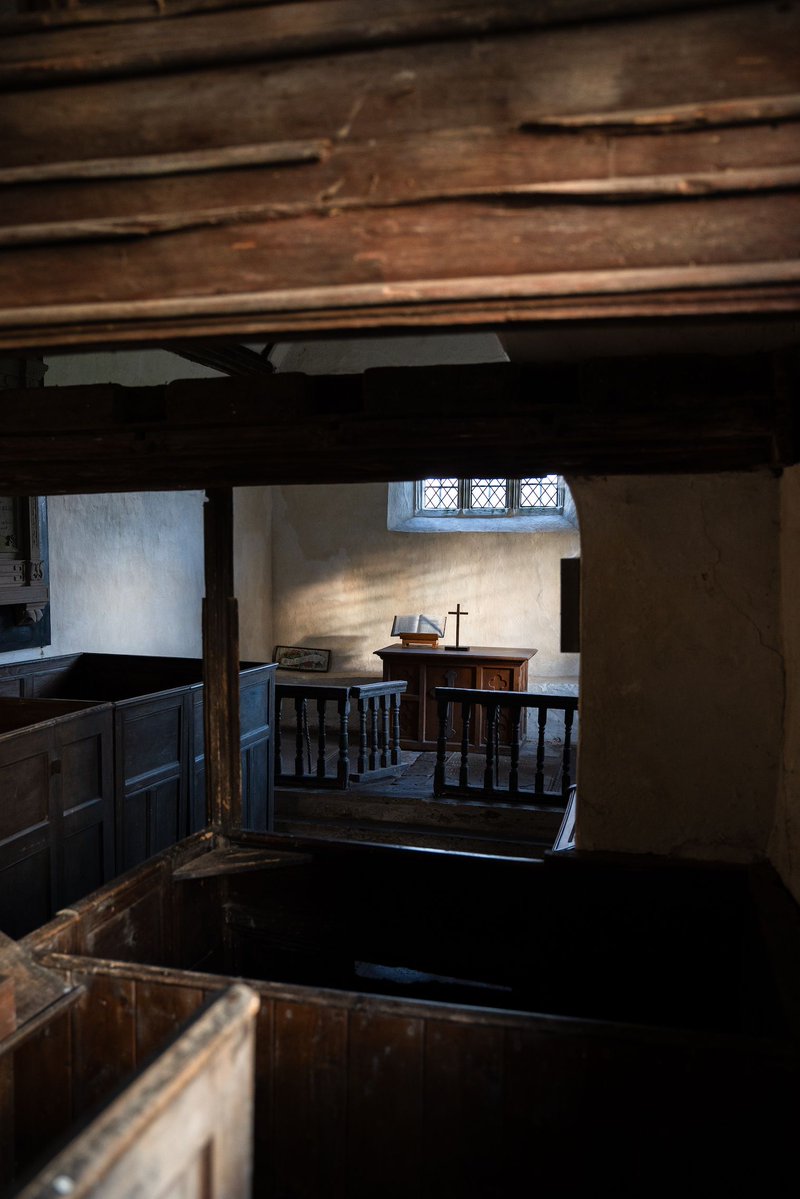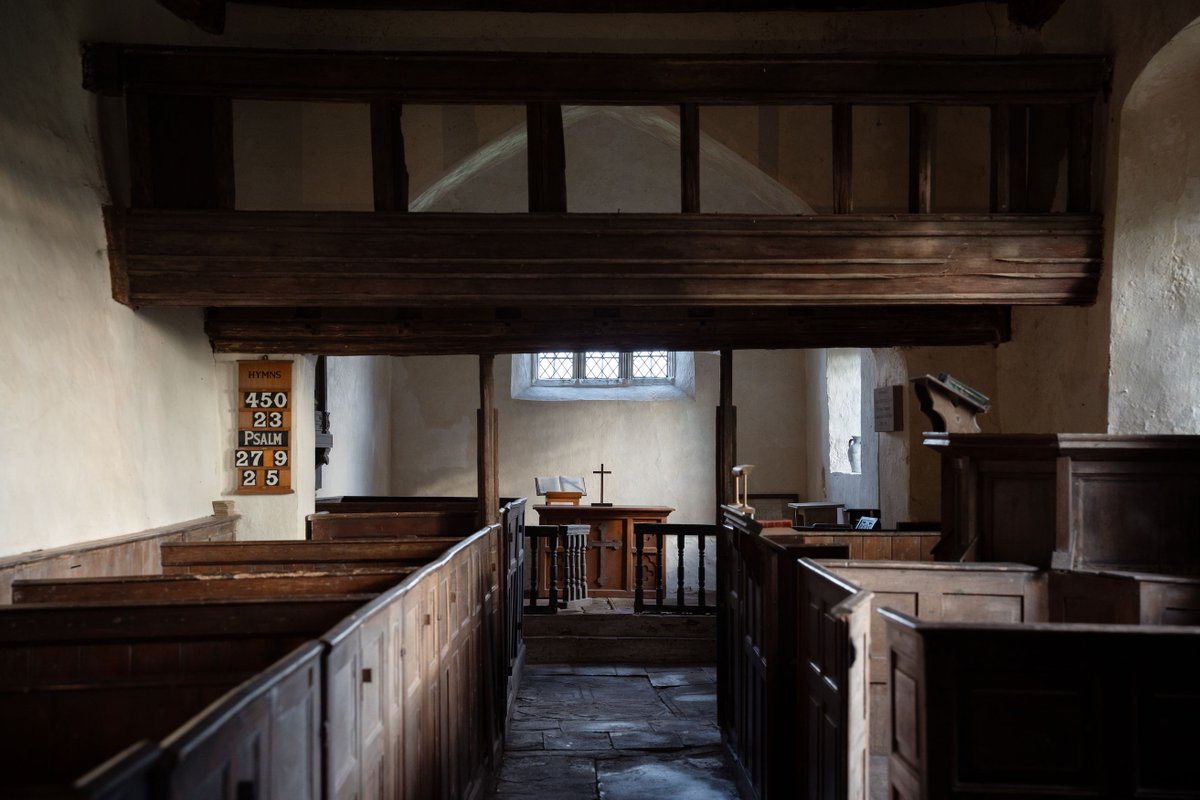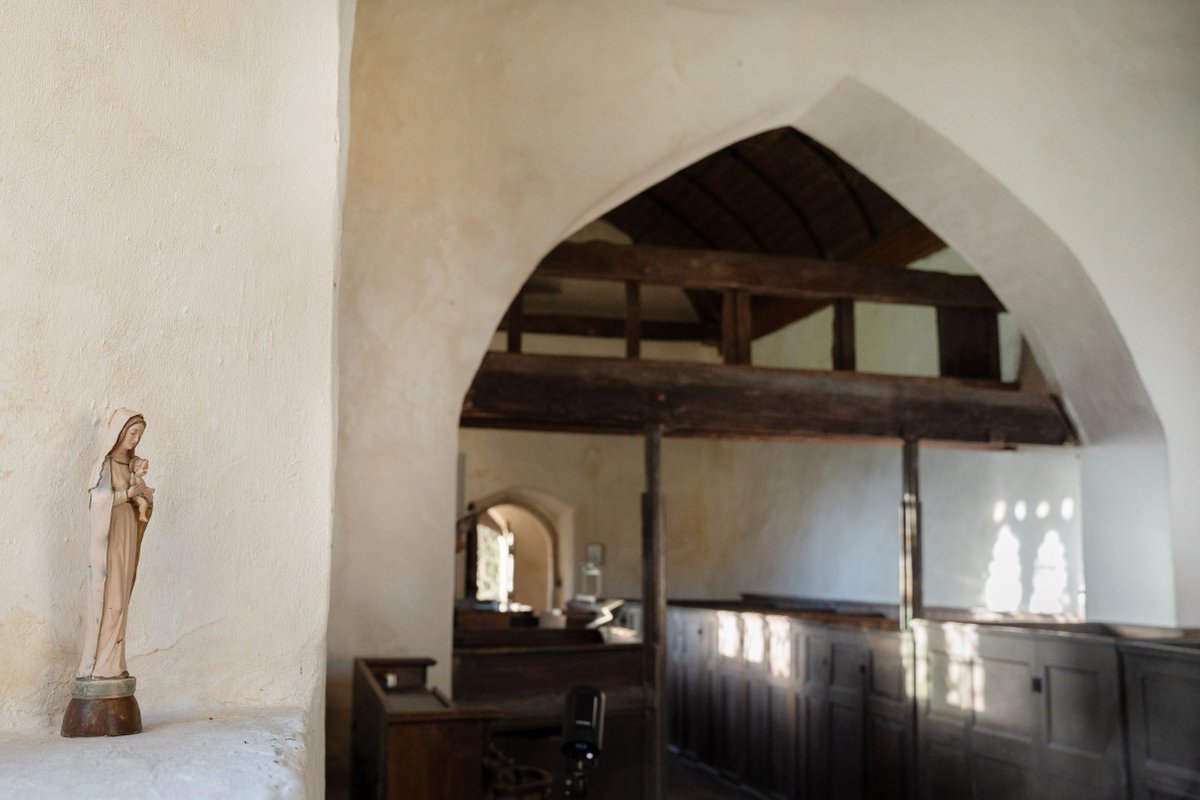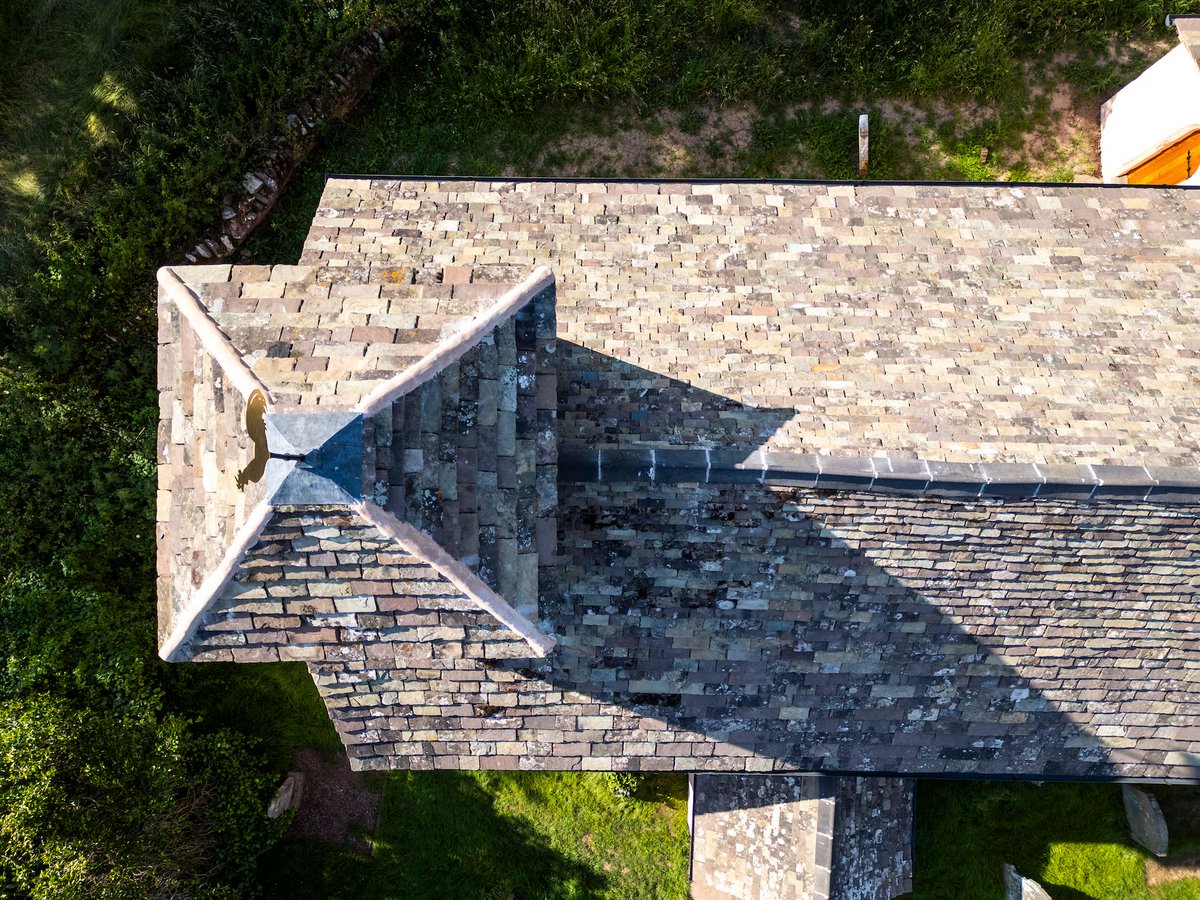In a cobwebbed corner of St Decuman's in Rhoscrowther, Pembrokeshire you'll find a rusted safe made by Parnall & Sons of Bristol.
The story of this creative and ever-adapting company encompasses major historical events and trends of the 20th century …
The story of this creative and ever-adapting company encompasses major historical events and trends of the 20th century …

Founded by William Parnall in 1820 on Narrow Wine Street, Bristol, Parnall & Sons sold weights and measures but soon expanded their range with shop fittings and other shopkeeping equipment. By the 1880s they were the largest shop-fitting company in the country with 10k employees. 

Before long, they were producing entire shop-fronts, including glass and ironwork.
But they didn't stop there!
During WW1 this enterprising firm supported the war effort by designing and manufacturing sea planes & aeroplanes — like the Parnell Panther.
But they didn't stop there!
During WW1 this enterprising firm supported the war effort by designing and manufacturing sea planes & aeroplanes — like the Parnell Panther.

In the Roaring Twenties, they built fittings for Piccadilly tube station, the Savoy hotel, Shakespeare Memorial Theatre in Stratford-on-Avon, and numerous ocean liners.
They also branched out into refrigeration, plastics (still a very new material), and office furniture.
They also branched out into refrigeration, plastics (still a very new material), and office furniture.
WW2 brought them back to the manufacture of aircraft components such as wings for De Haviland Tiger Moths and fuselages for Shorts Stirling heavy bombers.
Their work made them a target for enemy bombers, and on 27 Feb 1941, eight bombs were dropped on the works, killing 52 workers.
But they continued in full production.
But they continued in full production.
The post-war boom brought supermarkets to Britain, and Parnall & Sons were ready to supply that new industry too.
In the 1940s and '50s, they also manufactured innovative modern home appliances, such as the Parnall Wringlet and Spinwasher de Luxe.
In the 1940s and '50s, they also manufactured innovative modern home appliances, such as the Parnall Wringlet and Spinwasher de Luxe.

In the Swinging Sixties they reached the pinnacle of luxury, with fitting contracts for 10 Downing Street, Buckingham Palace, the Houses of Parliament and the QE2 ocean liner.
They even helped to build Concorde.
They even helped to build Concorde.

Parnall & Sons finally shuttered in 1991 after 170 years of trading, though the Parnall Aircraft Company continues their legacy of legendary aircraft building, making replica Spitfire planes for display.
And the story of their humble beginnings also lives on in this simple and now rather shabby old iron safe at St Decuman's, Rhoscrowther.
/end
/end

• • •
Missing some Tweet in this thread? You can try to
force a refresh






















